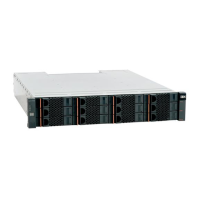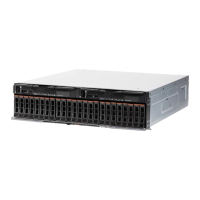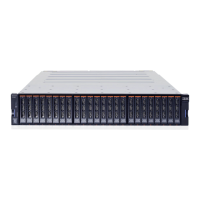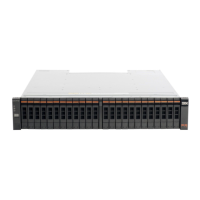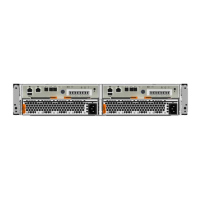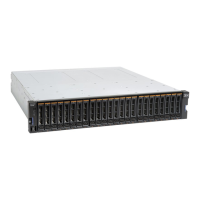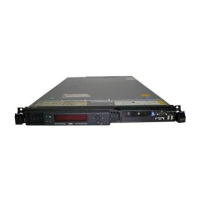Chapter 11. SAN connections and configuration 493
Physical and signaling layers
The physical and signaling layers include the three lowest layers: FC-0, FC-1,and FC-2:
Physical interface and media: FC-0
The lowest layer, FC-0, defines the physical link in the system, including the cabling,
connectors, and electrical parameters for the system at a wide range of data rates. This
level is designed for maximum flexibility, and allows the use of a large number of
technologies to match the needs of the configuration.
Transmission protocol: FC-1
The second layer, FC-1 provides the methods for adaptive 8B/10B encoding to bind the
maximum length of the code, maintain DC-balance, and provide word alignment. This
layer is used to integrate the data with the clock information required by serial
transmission technologies.
Framing and signaling protocol: FC-2
Reliable communications result from Fibre Channel’s FC-2 framing and signaling protocol.
FC-2 specifies a data transport mechanism that is independent of upper layer protocols.
Upper layers
The upper layer includes two layers: FC-3 and FC-4.
Common services: FC-3
FC-3 defines functions that span multiple ports on a single-node or fabric. The following
functions are currently supported:
– Hunt Groups: A set of associated N_Ports attached to a single node. This set is
assigned an alias identifier that allows any frames containing the alias to be routed to
any available N_Port within the set. This decreases latency in waiting for an N_Port to
become available.
– Striping: Striping is used to multiply bandwidth, using multiple N_Ports in parallel to
transmit a single information unit across multiple links.
– Multicast: Multicast delivers a single transmission to multiple destination ports. This
includes the ability to broadcast to all nodes or a subset of nodes.
Upper layer protocol mapping (ULP): FC-4
The highest layer, FC-4, provides the application-specific protocols. Fibre Channel is
equally adept at transporting both network and channel information and allows both
protocol types to be concurrently transported over the same physical interface.
A channel protocol example is Fibre Channel Protocol (FCP). It is used to transfer SCSI
commands and data over Fibre Channel and is commonly used in FC SANs.
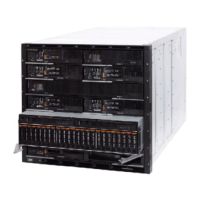
